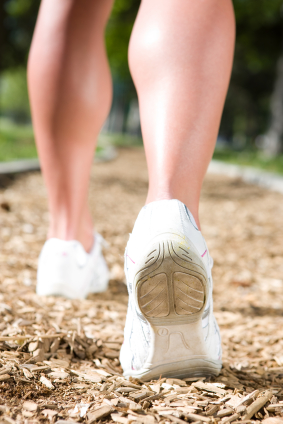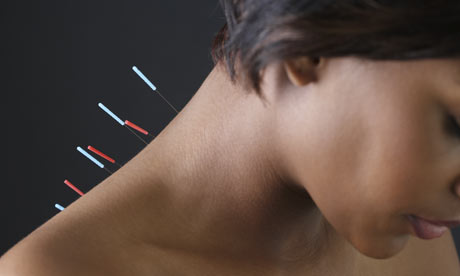You’ve warmed up, you’re taking short quick steps while practicing the Hell-Toe roll on your walking work out……so what’s next?
Squeeze your Glutes!
Imagine squeezing and lifting your glutes up and back as if you were holding a $50.00 bill between them! This will strengthen your low back muscles.

photo credit: hundredtenpounds.wordpress.com
“Zip up” your abs.
During your walk imagine you’re zipping up a tight pair of jeans. Stand tall and pull your abdominal muscles up and in. You can practice this even when you are not walking.
Pump your arms.
Imagine you are holding the rubber grips of ski poles in your hands. Stand straight, drop your shoulder blades behind you and push back your elbows with each step. Keep your arm movements smooth and strong.
Keep you chest up and shoulders back.
Use your walk as an opportunity to practice good posture. Image someone damped ice down your back, That’s how your body should be aligned, hold your chest up and your shoulders back.
So what happens next….Stay tuned for part three, the last info in this series.




